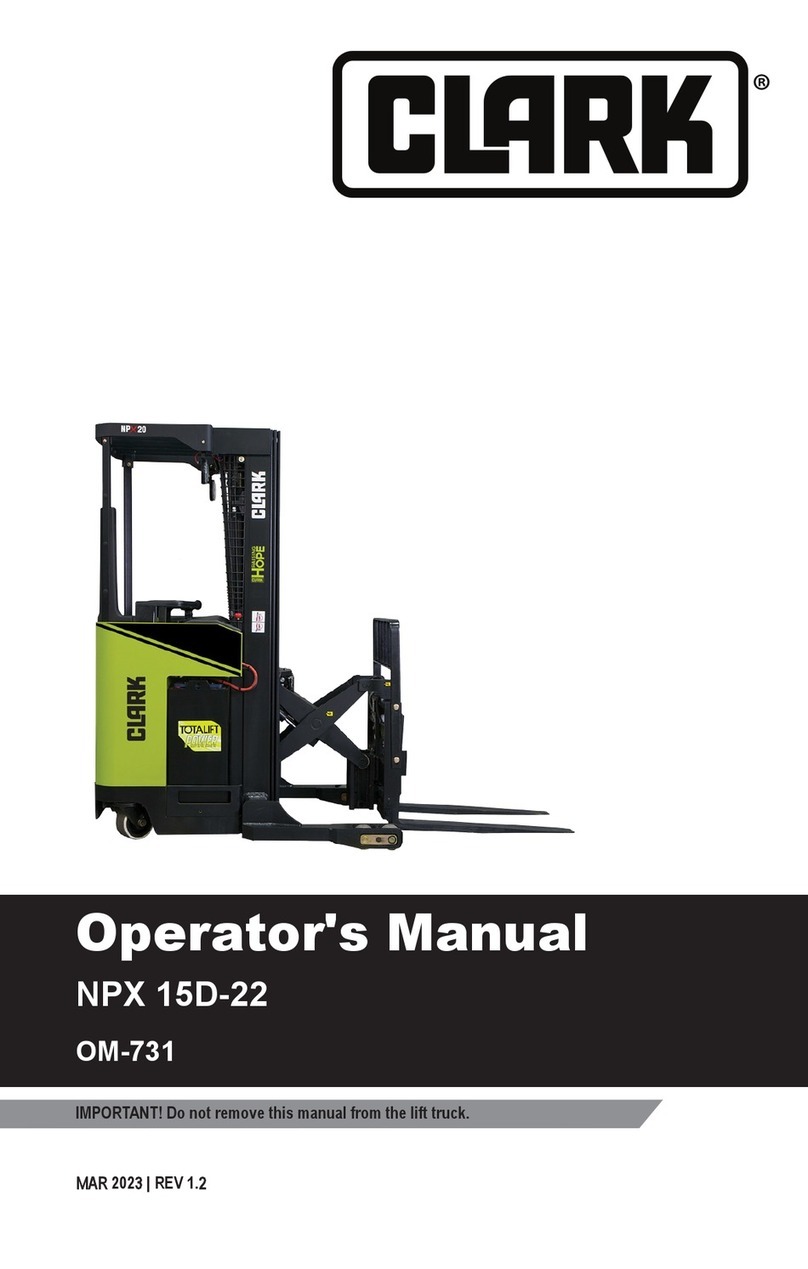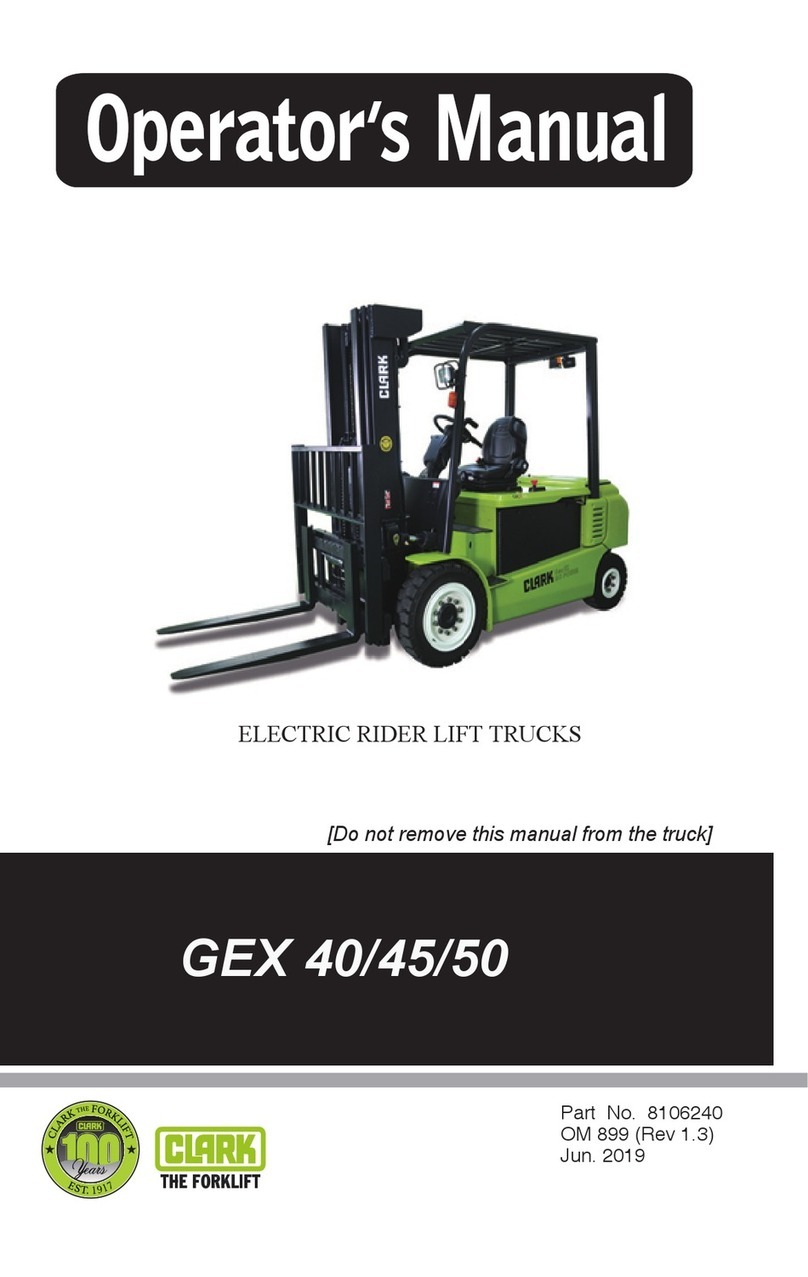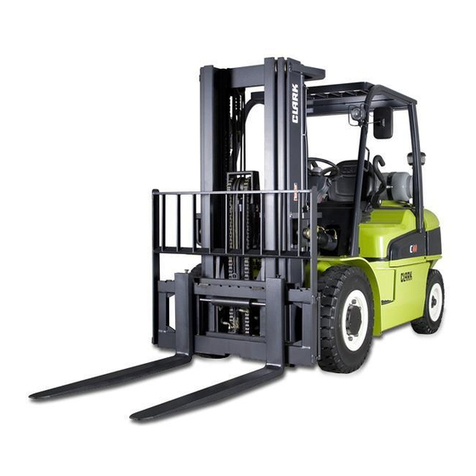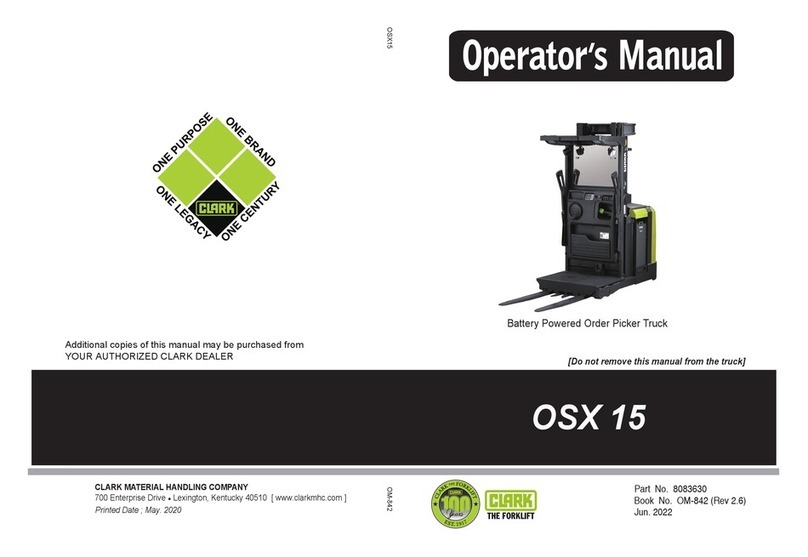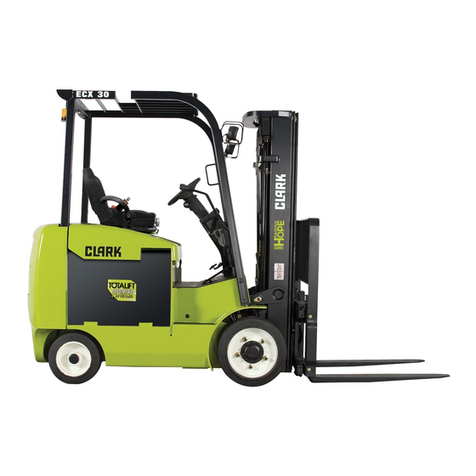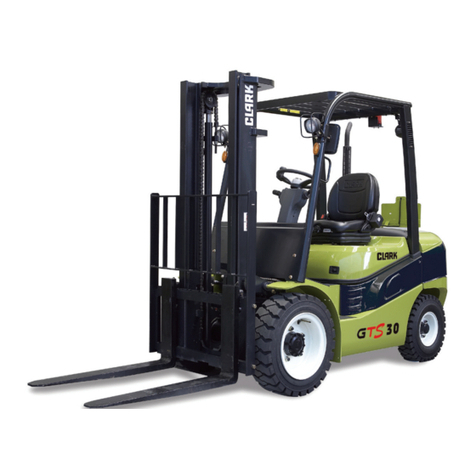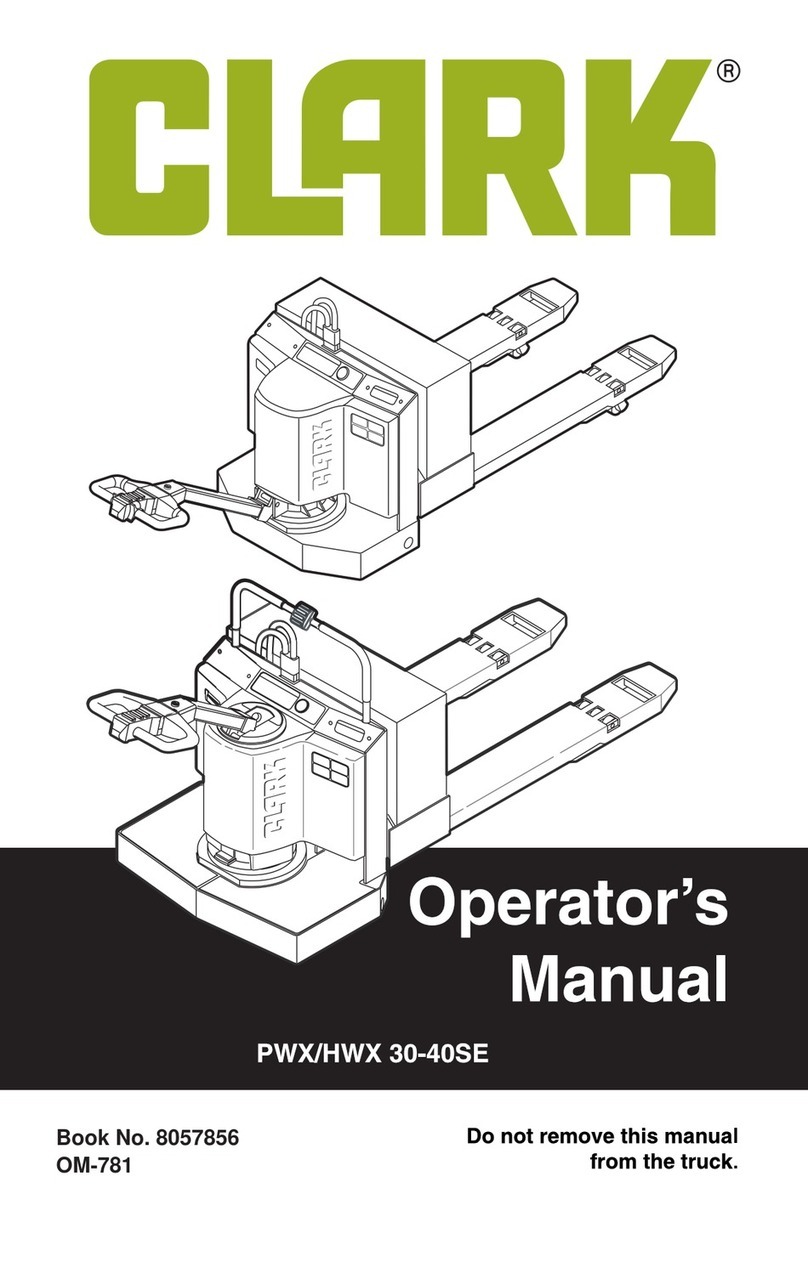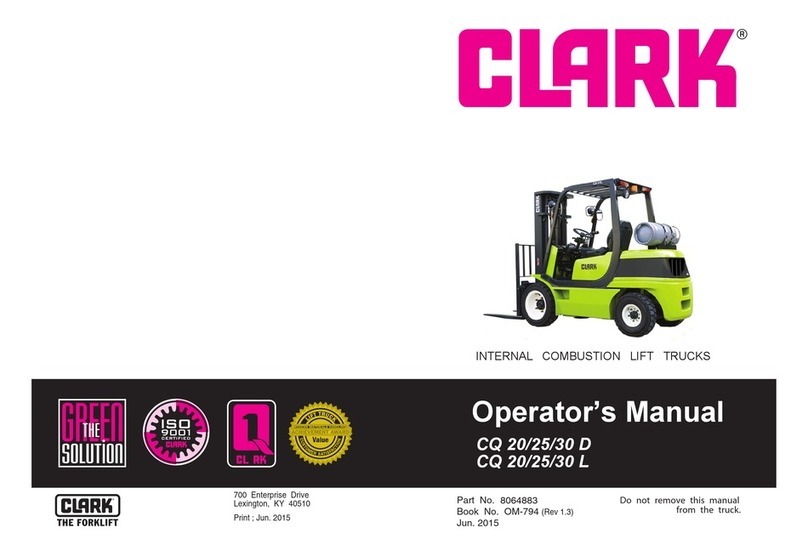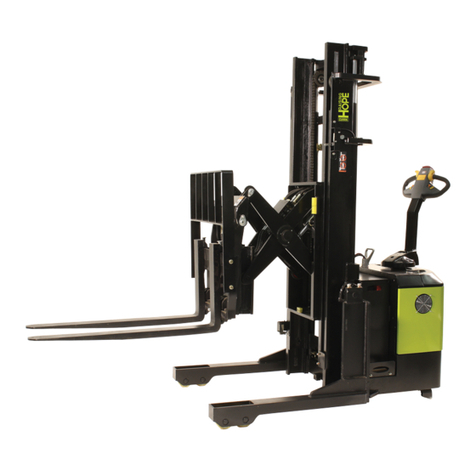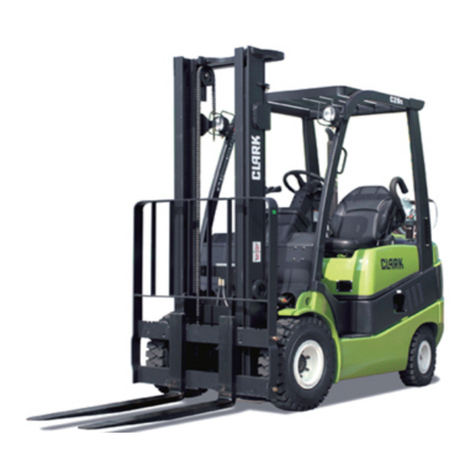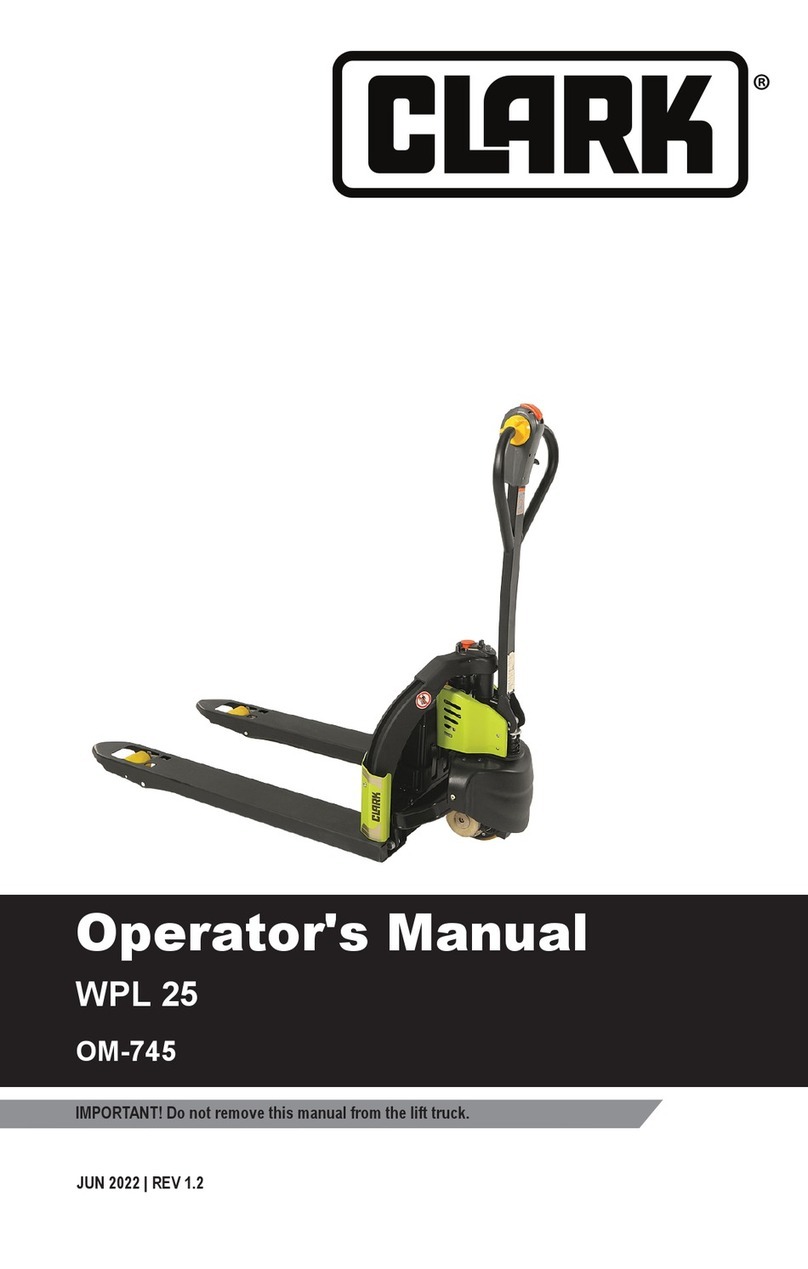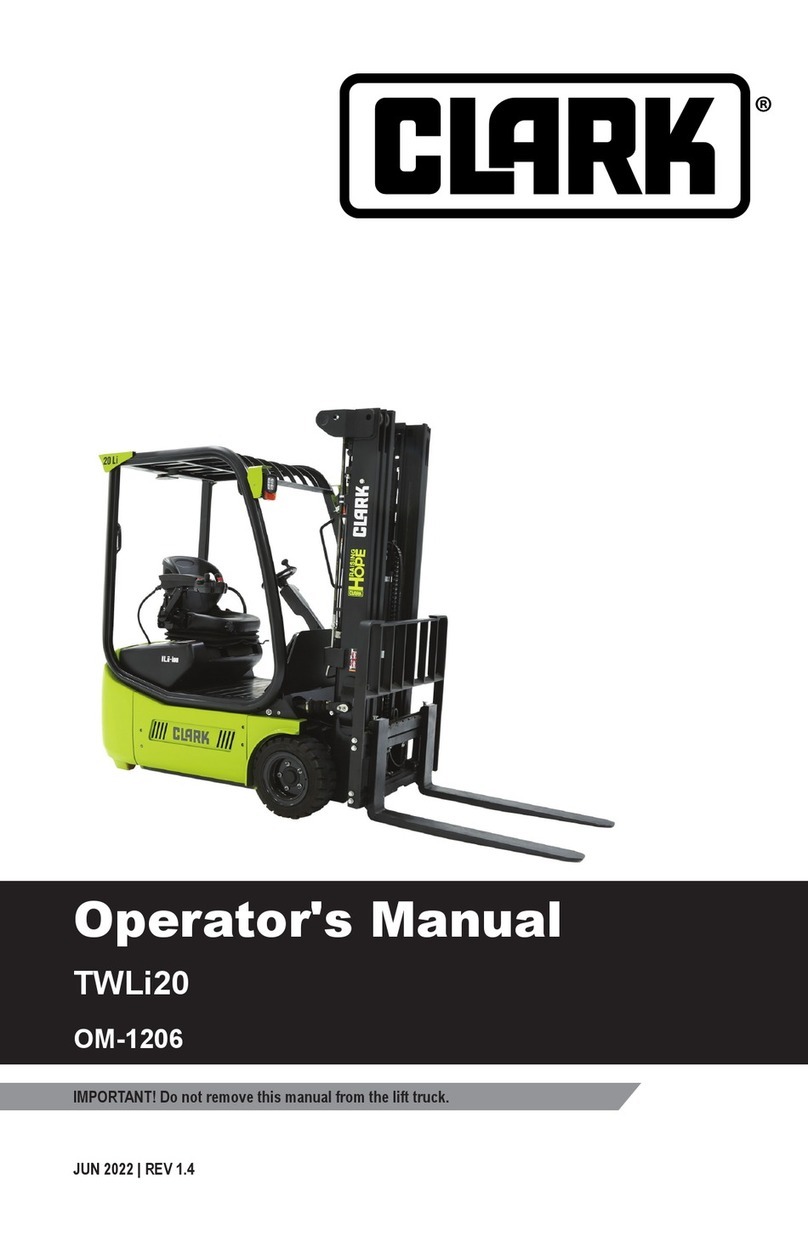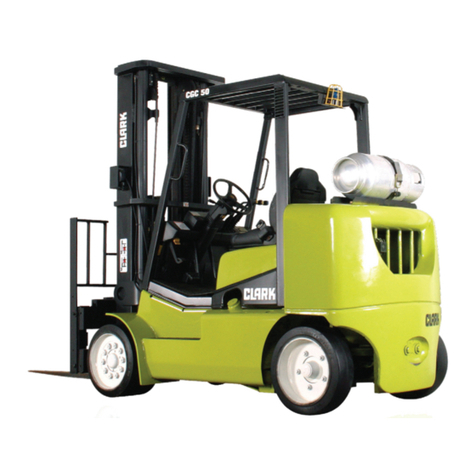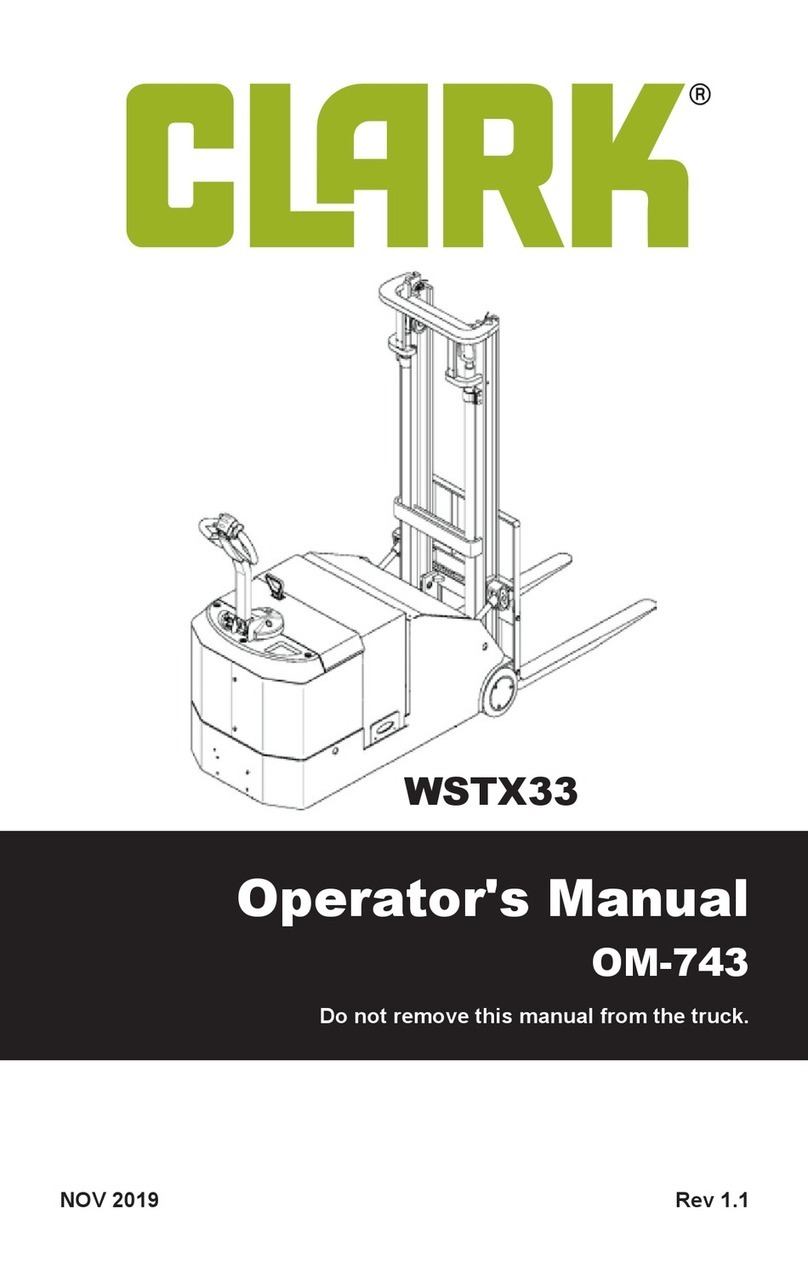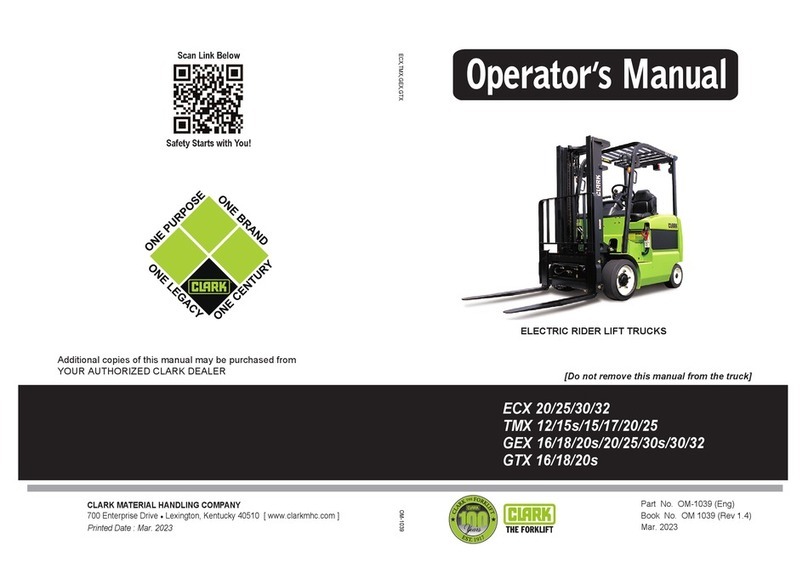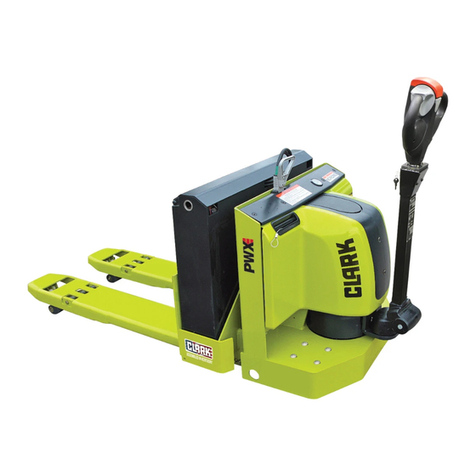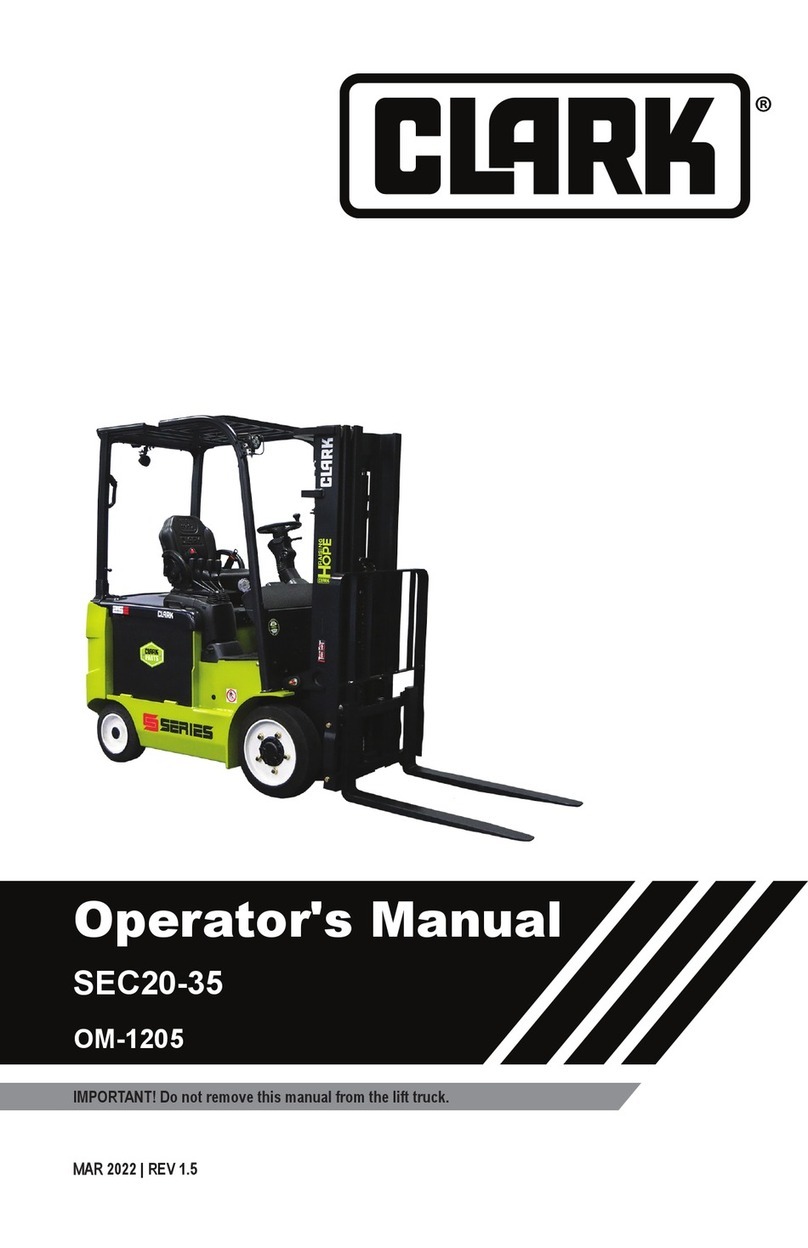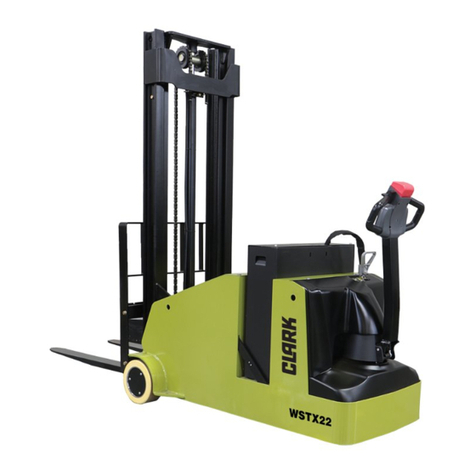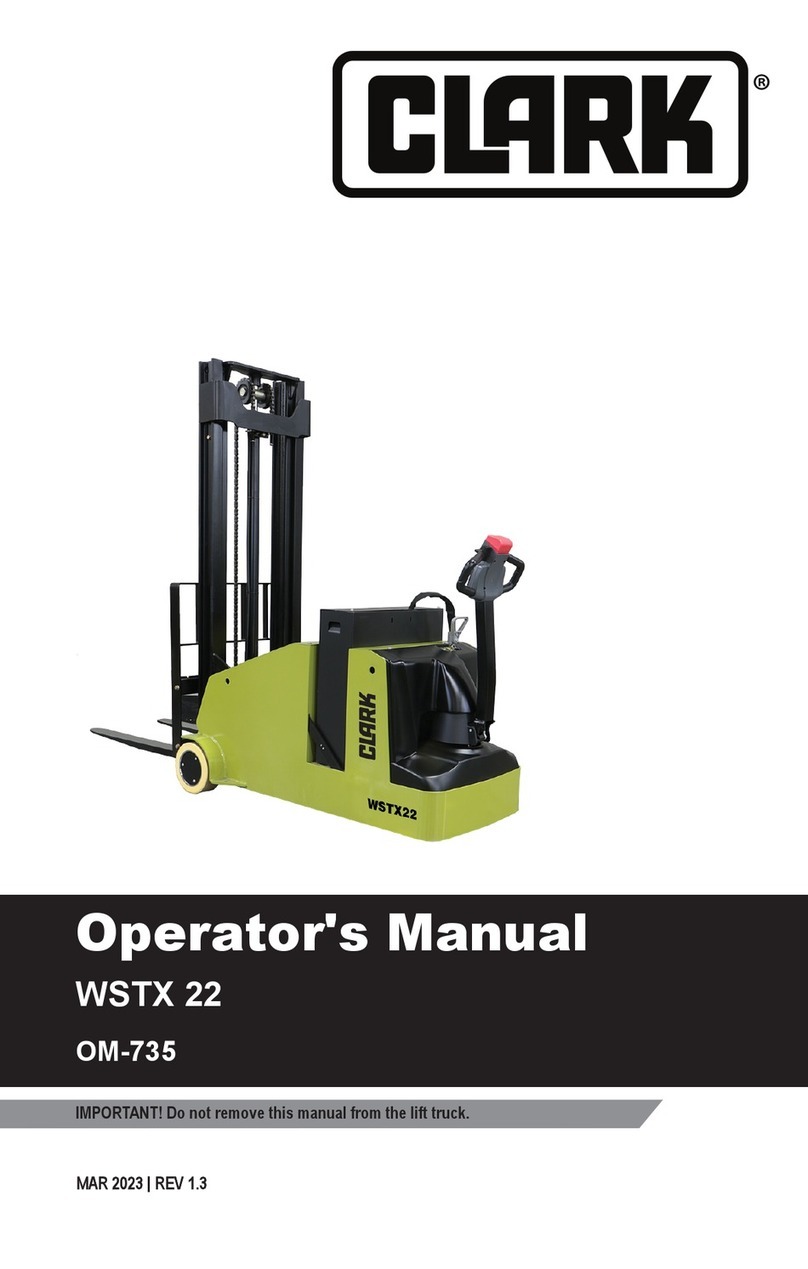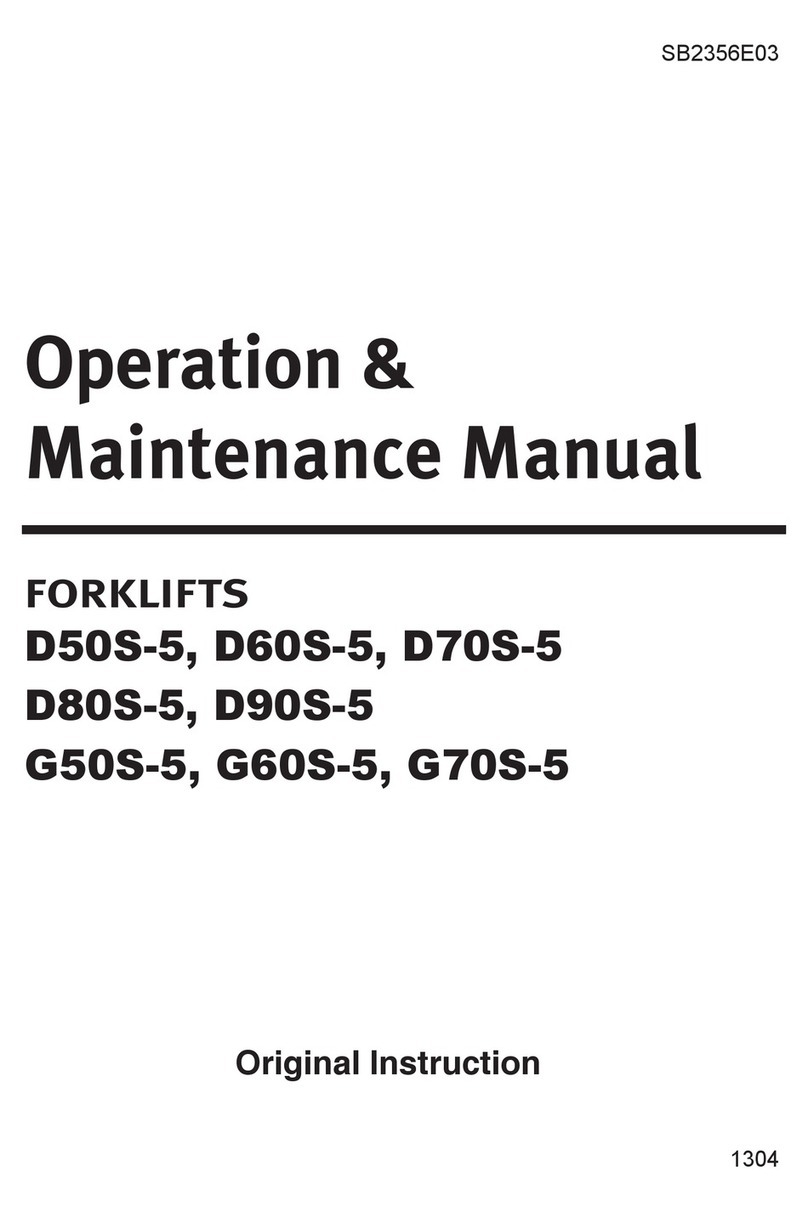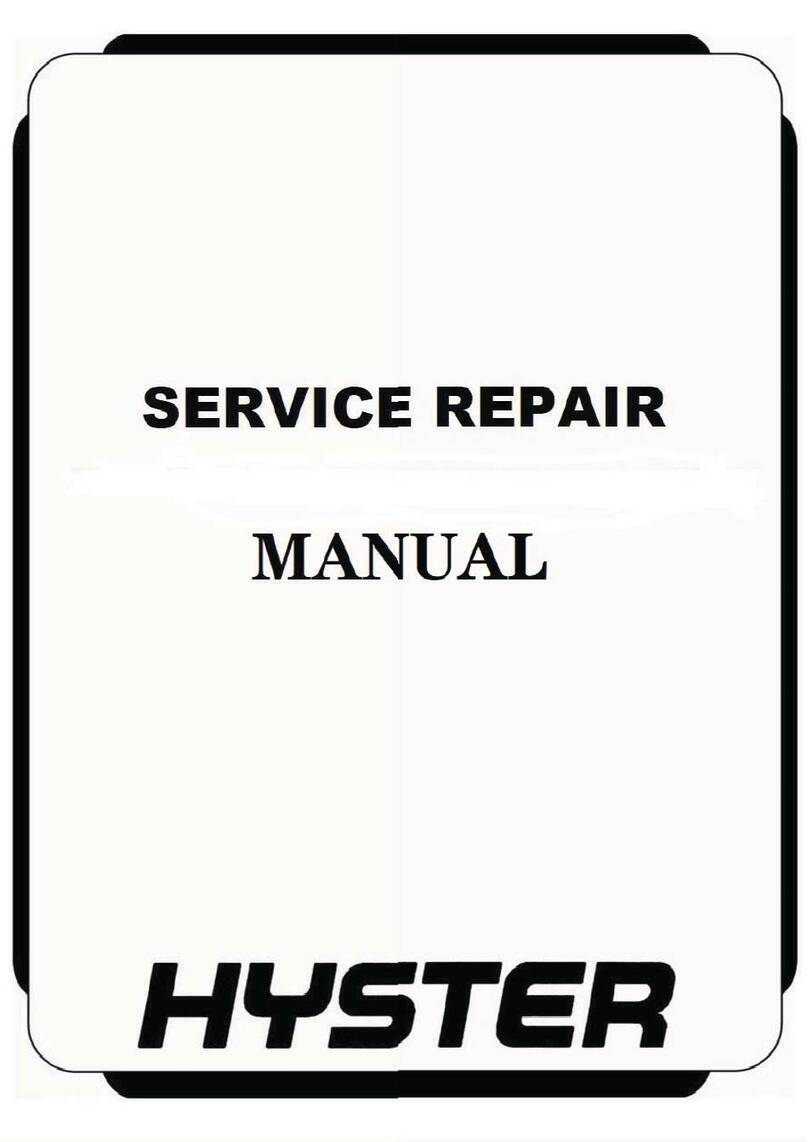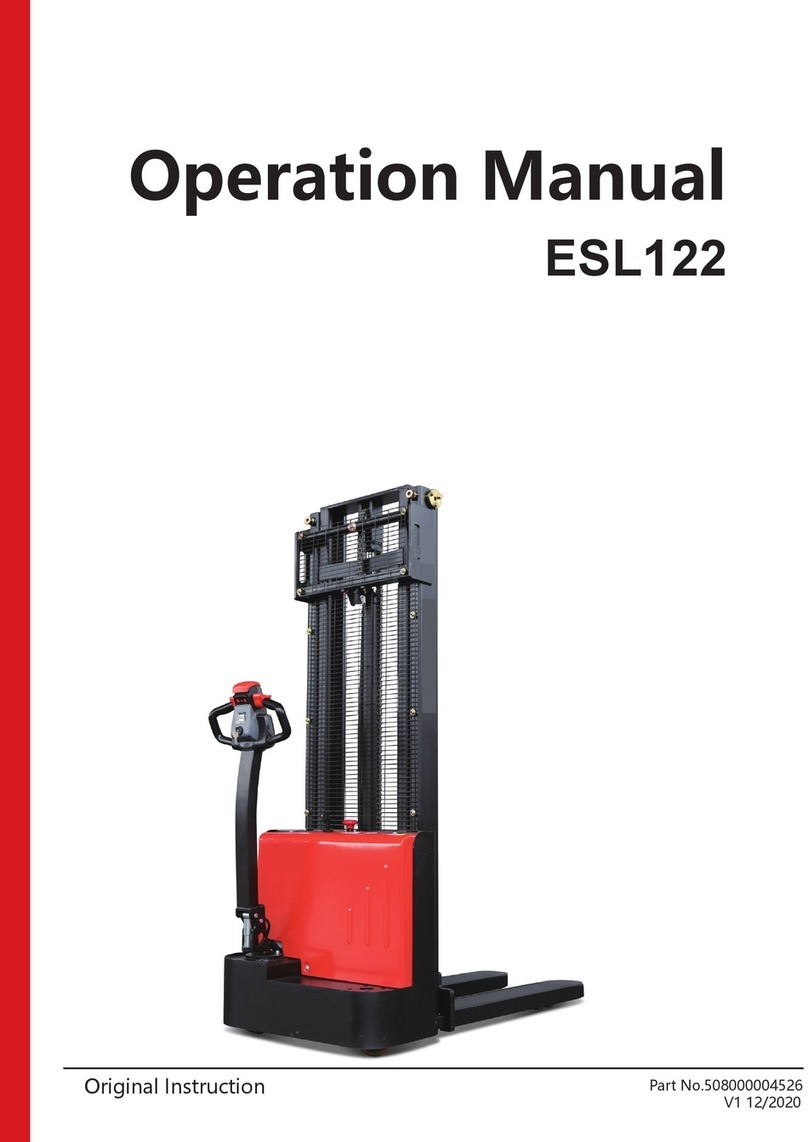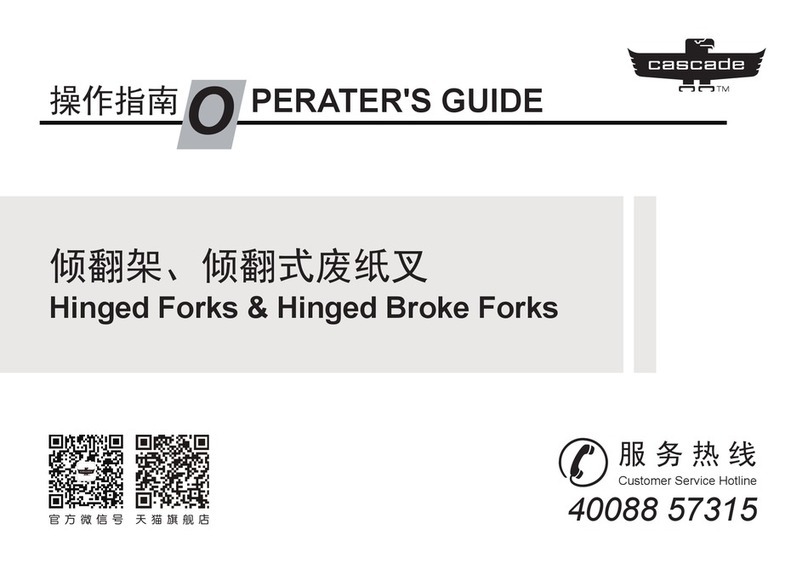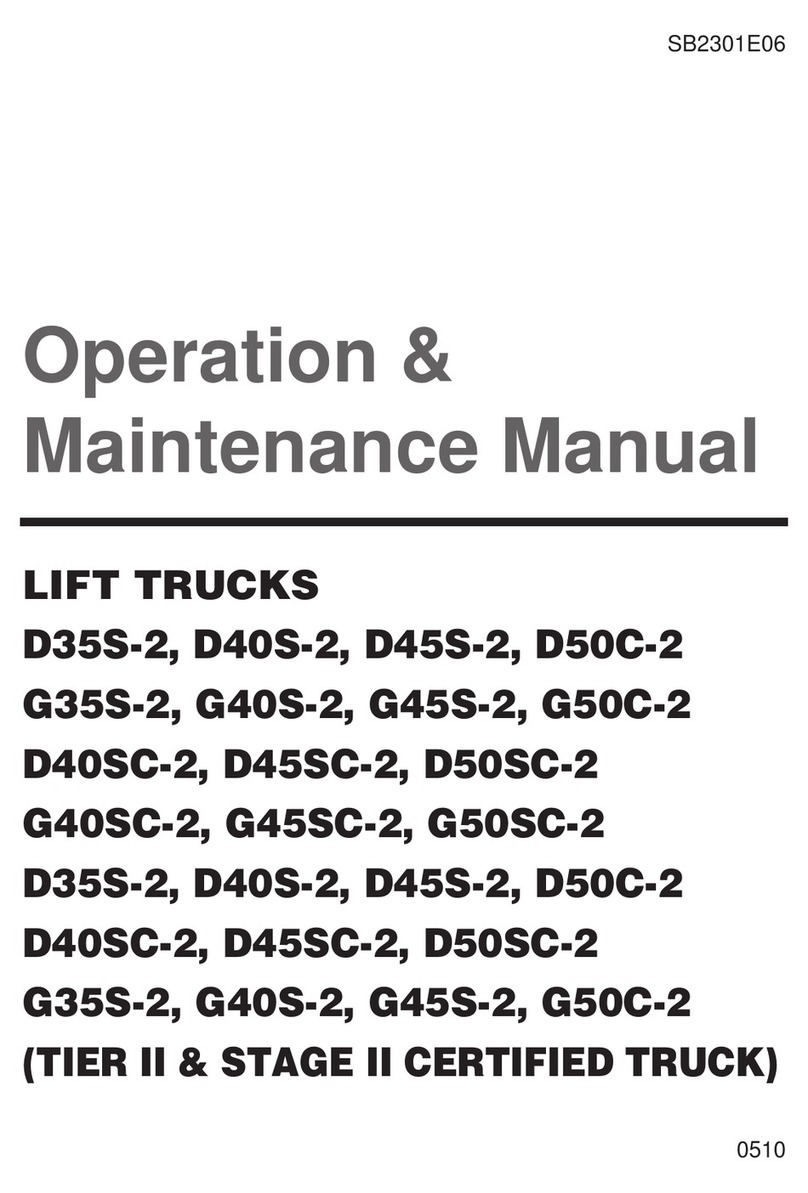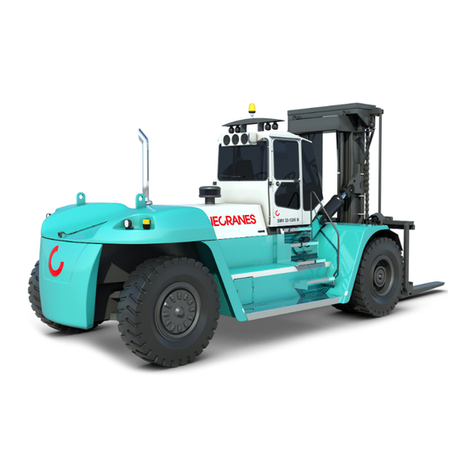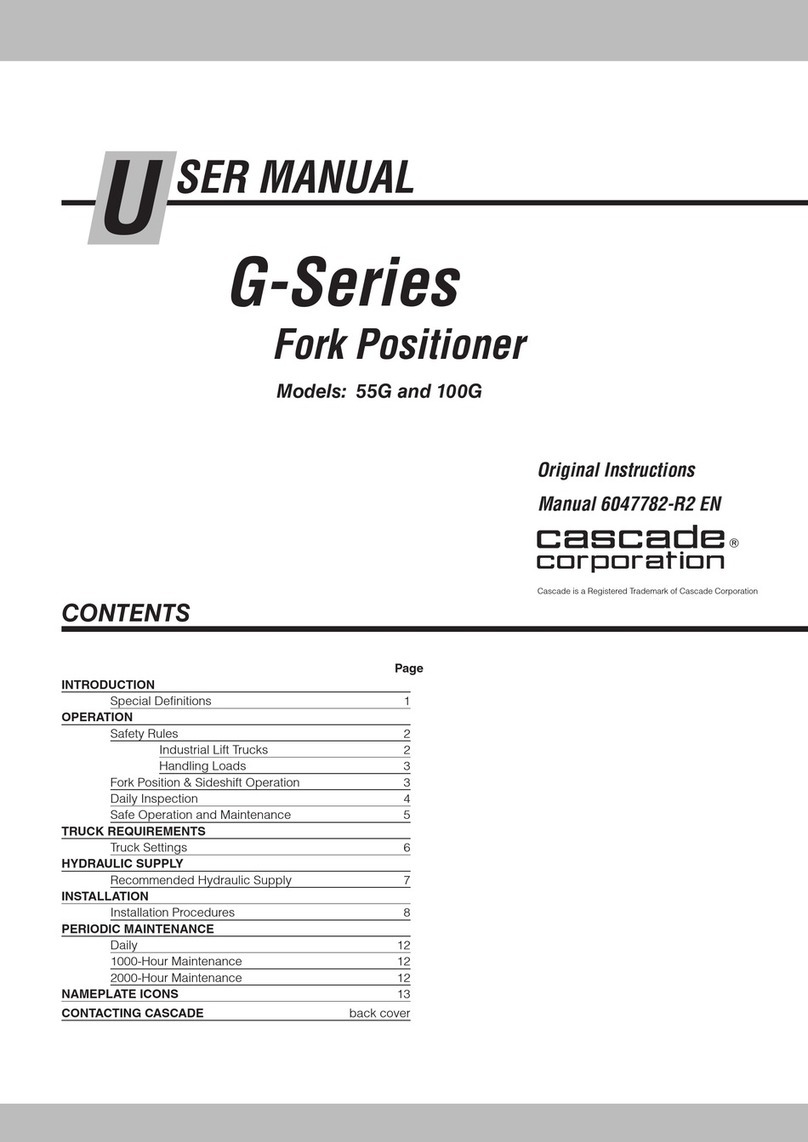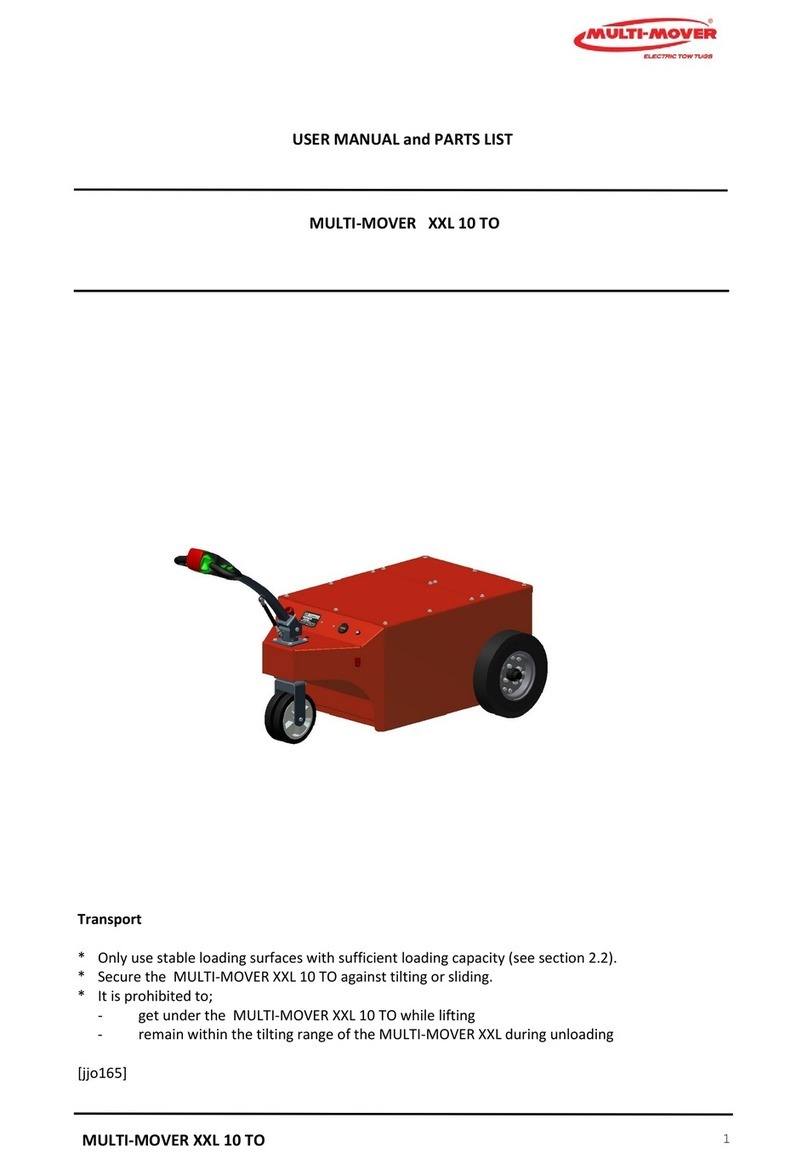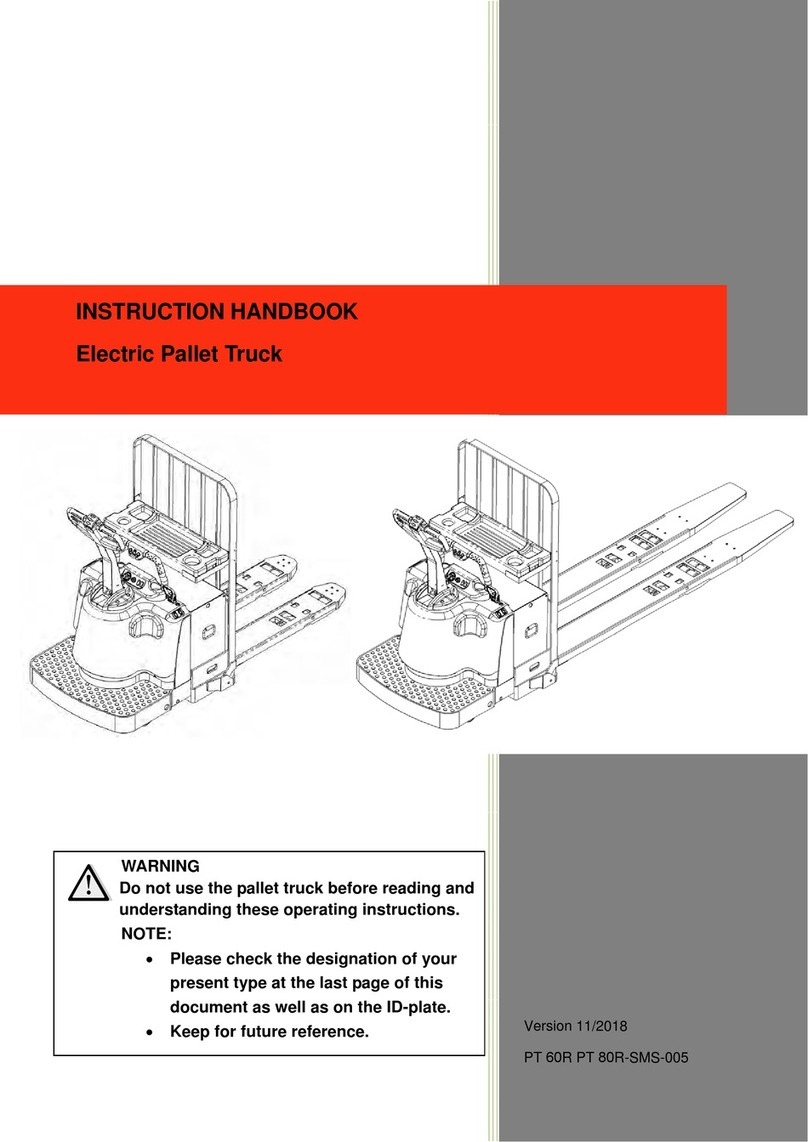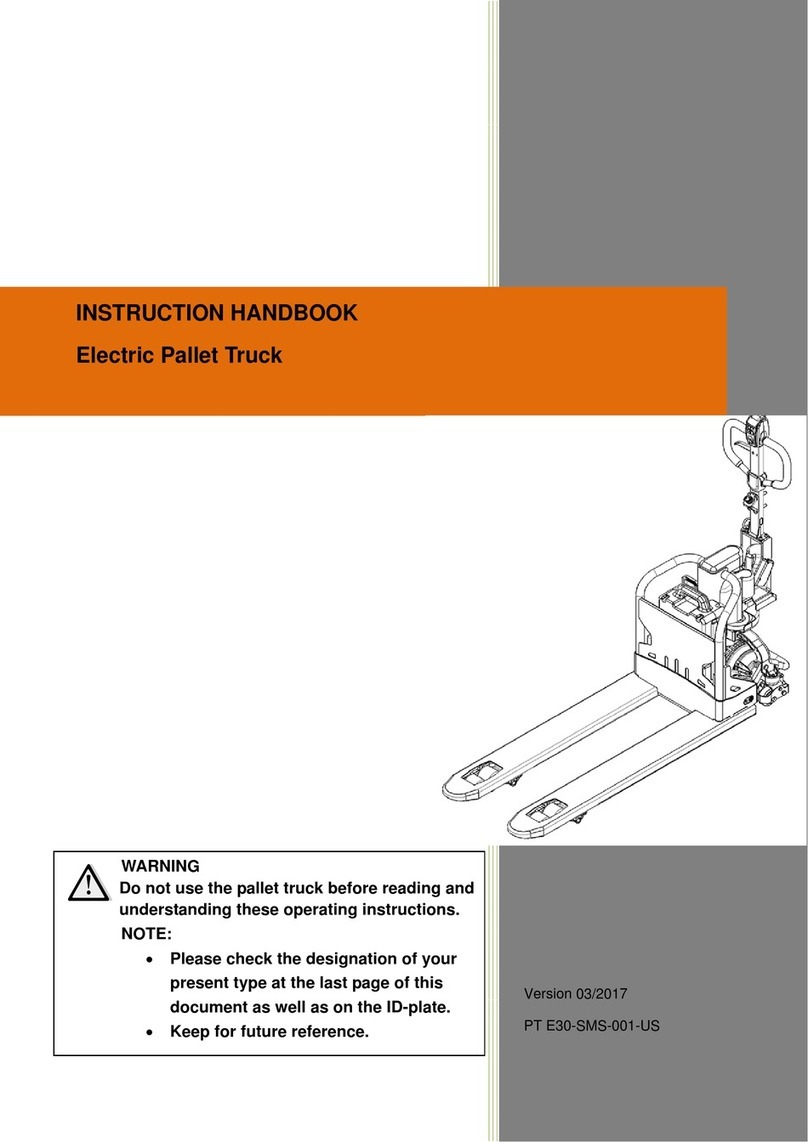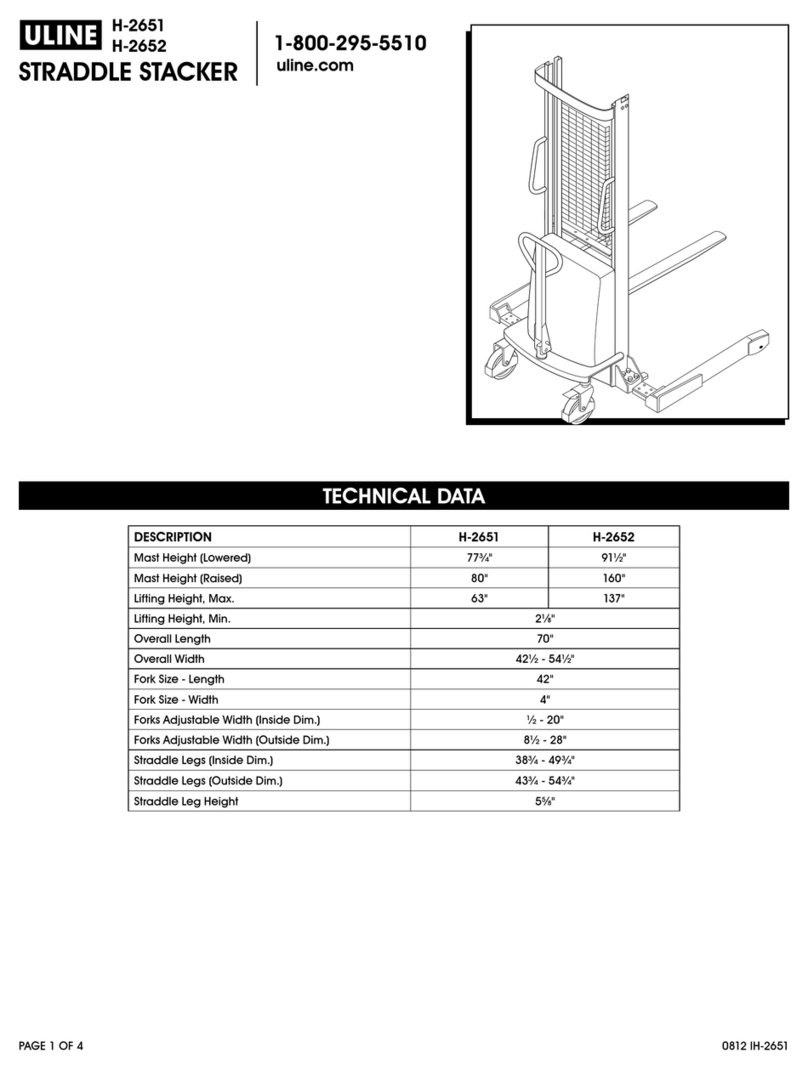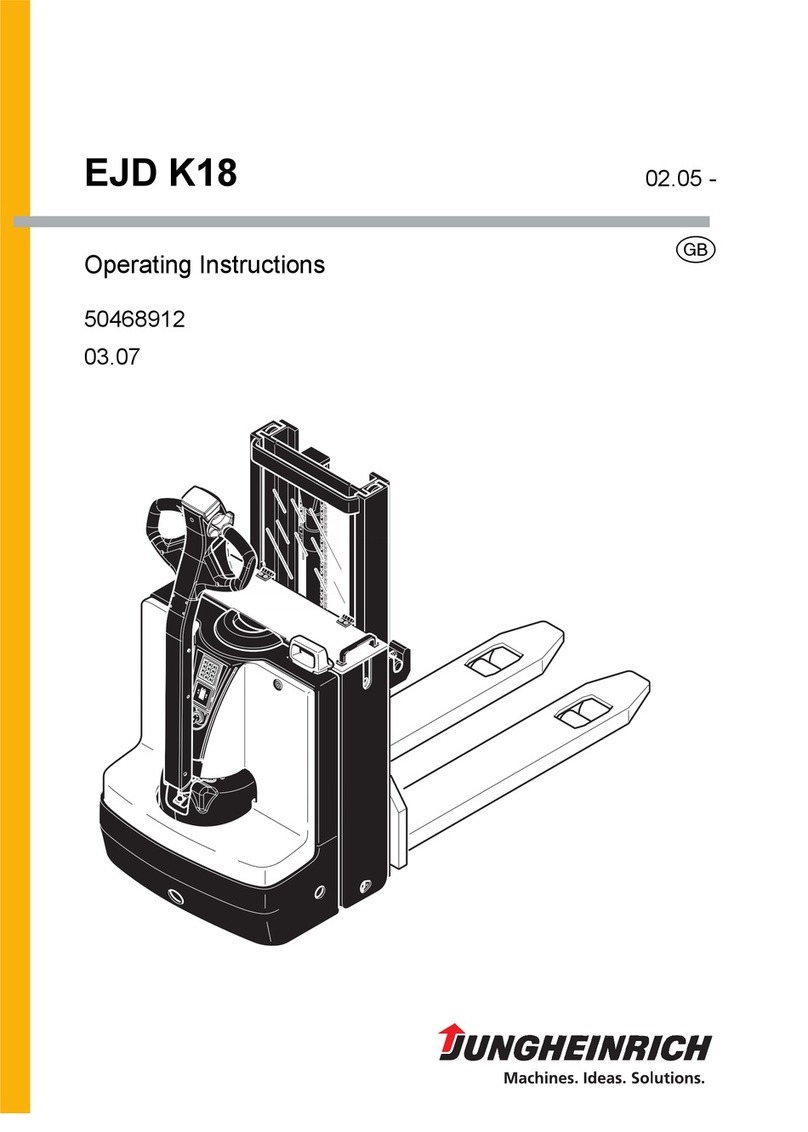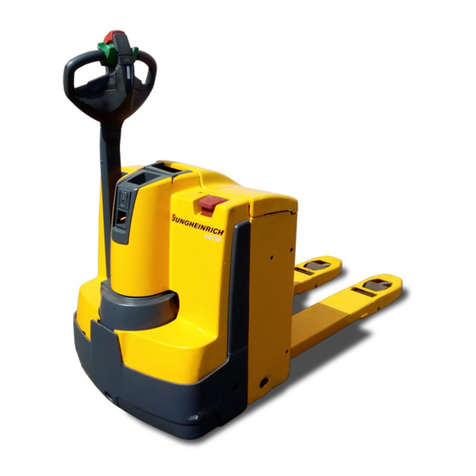
A
Message
To
CLARK
Lift
TruckOperators
;
)
NOTES
Lift
trucks
are
specializedmachineswithuniqueoperatingcharacteristics
designed
to
performspecificjobs.Theirfunction
and
operation
isnot
like
a
car
or
ordinarytruck.Theyrequirespecificinstructions
and
rules
for
safe
operation
and
maintenance.
Safe
operation
of
lift
trucks
isof
primaryimportance
to
CLARK.
Ourex-
perience
with
lift
truckaccidents
has
shownthatwhenaccidentshappen
and
people
are
killed
or
injured
the
causesare:
1.
OPERATOR
NOT
PROPERLY
TRAINED
2.
OPERATOR
NOT
EXPERIENCED
WITHLIFTTRUCKOPERATION
3.
BASIC
SAFETY
RULES
NOT
FOLLOWED
4.
LIFT
TRUCK
WASNOT
MAINTAINED
INA
SAFE
OPERATING
CONDITION
For
thesereasons,CLARKwants
youto
knowabout
the
safe
operation
and
correctmaintenance
of
your
lift
truck.
This
manual
is
designed
to
help
you
learn
howto
operateyour
lift
truck
safe-
ly.
This
manualshows
and
tells
you
aboutoperatormaintenance
andtheim-
portantgeneralsafetyrules
and
hazards
of
lift
truckoperation.
It
describes
the
specialcomponents
and
features
ofthe
truck
and
theirfunction.
The
correctoperatingprocedures
are
shown
and
explained.Illustrations
andim-
portantsafetymessages
are
included
for
clearunderstanding.And,finally,
a
section
on
maintenance
and
lubrication
is
included
forthe
lifttruck
mechanic.
The
operator'smanual
isnot a
trainingmanual.
Itisa
guide
to
helpautho-
rizedoperatorssafelyoperatetheir
lift
truck
by
illustrating
the
correctpro-
cedures.
It
cannotcover
every
possiblesituationwhich
may
result
inanac-
cident.
You
must
watch
for
hazards
in
yourworkareas
and
correct
them.
Itis
importantthat
you
learn
the
information
in
this
manual
and
knowyourcom-
panysafetyrules!
Be
surethatyourequipment
is
maintained
ina
safecon-
dition
anddonot
operate
a
damagedtruck.Practicesafeoperationevery
time
youuse
yourlifttruck.Let'sjointogether
tosetnew
standards
in
safety.
Remember,before
you
start
operating
this
lift
truck,
be
sure
that
you
understand
all
drivingprocedures.
Itis
yourresponsibility,
anditis
impor-
tant
toyouand
yourfamily,
to
operateyour
lift
trucksafely
and
efficiently.
Andbe
awarethat
the
FederalOccupationalSafety
and
Health
Actand
state
laws
require
that
operators
be
completely
trained
inthe
safe
operation
of
lift
trucks.
And
letus
makethispoint,Clark
lift
trucks
are
built
to
takehardwork,
but
not
abuse.They
are
built
tobe
dependable,
but
they
are
only
as
safe
andef-
ficient
asthe
operator
andthe
personsresponsible
for
maintainingthem.
Do
not
make
any
repairs
to
this
truckunless
you
have beentrained
in
lift
truckrepairprocedures
and
authorized
by
youremployer.
